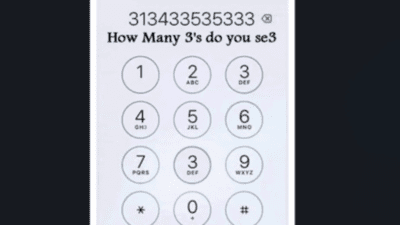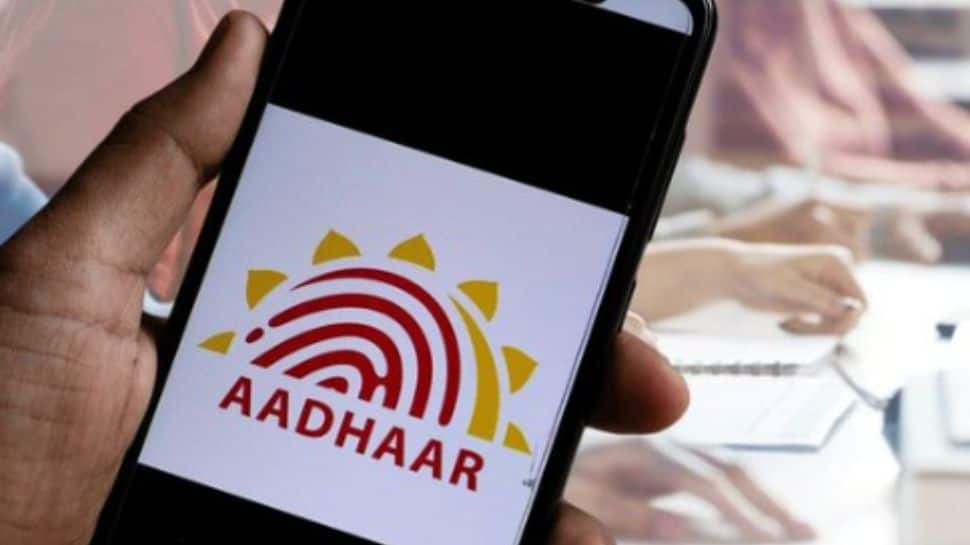Is Your Password Among 16 Billion Leaked? Steps To Check And Secure Google, Facebook, Instagram Accounts | Technology News

16 Billion Passwords Data Breach: Cert-In, the Indian Computer Emergency Response Team, has issued a fresh advisory urging people to maintain good cybersecurity hygiene after reports emerged of a massive data breach involving 16 billion login and password credentials. The leaked data has now surfaced online, making it one of the biggest security breaches in internet history. First reported by the website Cybernews, the breach includes passwords and authentication tokens from platforms such as Apple, Google, Facebook, Telegram, GitHub, VPN services, and even government portals.
In response to this massive data breach, the agency has advised individuals to update their passwords immediately, enable multi-factor authentication (MFA), and switch to passkeys wherever possible. The advisory also recommends running antivirus scans and keeping systems up to date to guard against malware. Now, if you’re wondering whether your login credentials have been compromised, here are some simple ways to find out.
Use Password Checking Tools
Regularly use password-checking tools to detect weak, reused, or compromised passwords. These tools scan your saved credentials and suggest stronger alternatives, helping improve your online security and lowering the risk of unauthorized access.
Unusual Login/Logout Activity
Keep an eye out for unusual login or logout activity, such as access from unknown devices or unfamiliar locations. These could be signs of unauthorized access. Enable account alerts and review activity logs regularly to stay protected.
Google Passwords Checkup
Google Passwords Checkup alerts you if your saved passwords have been exposed in data breaches. It compares your credentials against a database of compromised passwords and suggests immediate changes to protect your Google account and other linked services.
How To Secure Google Account, Facebook, Instagram or WhatsApp Immediately
To secure your Google, Facebook, Instagram or WhatsApp account, start by changing your password to a strong and unique one. Enable Google’s 2-Step Verification (2FA) for an added layer of protection. Revoke access to any unrecognized devices that may have logged into your account.
It’s also important to clear existing cookies and sessions to sign out from all devices and prevent unauthorized access. Regularly monitor activity on your Google account as well as Meta-owned platforms to spot any unusual behavior early. Finally, run a full antivirus and malware scan on your devices to ensure they’re not compromised by malicious or third-party software.







